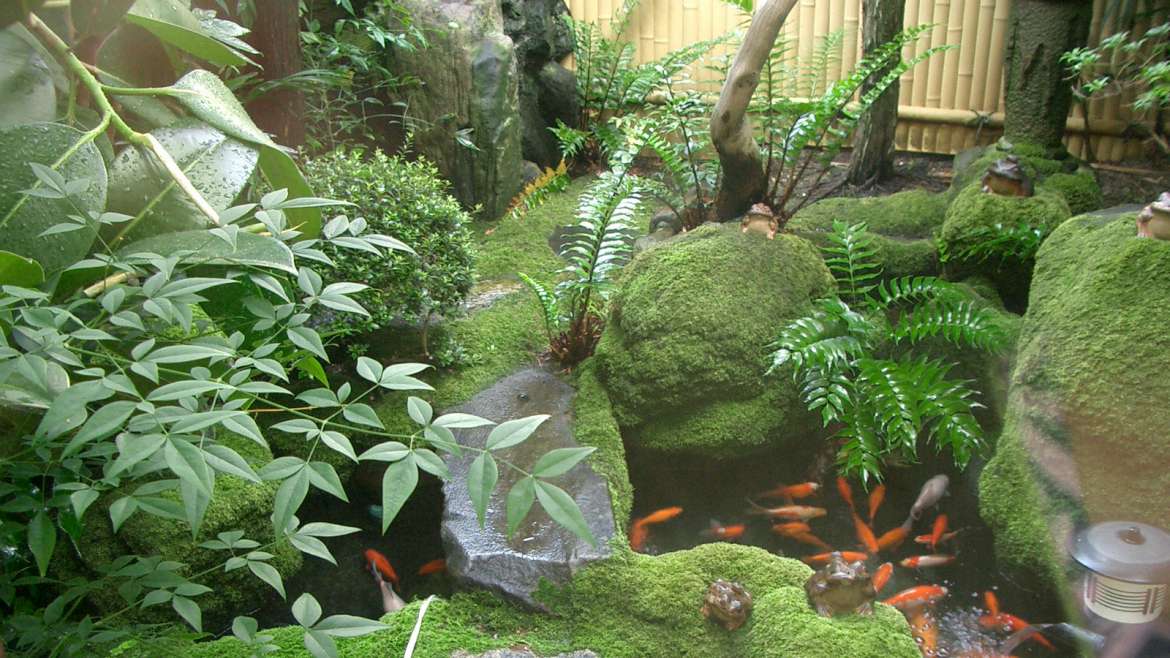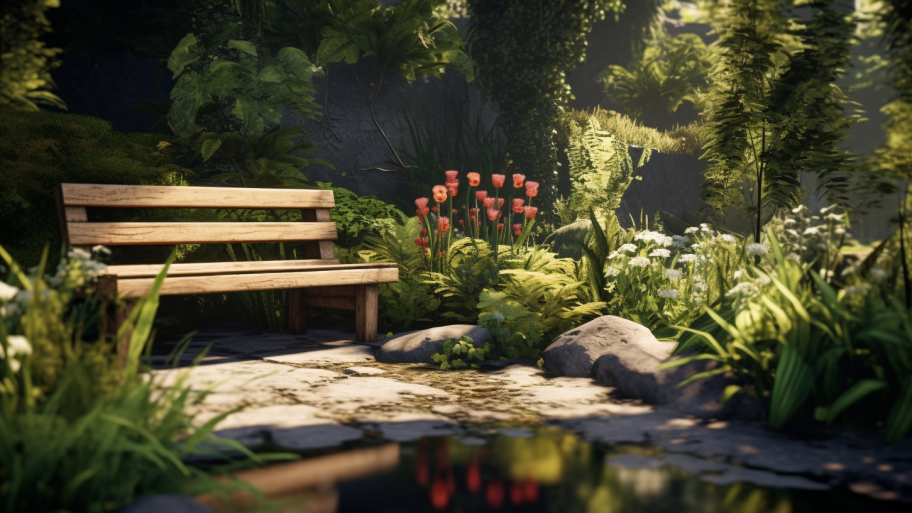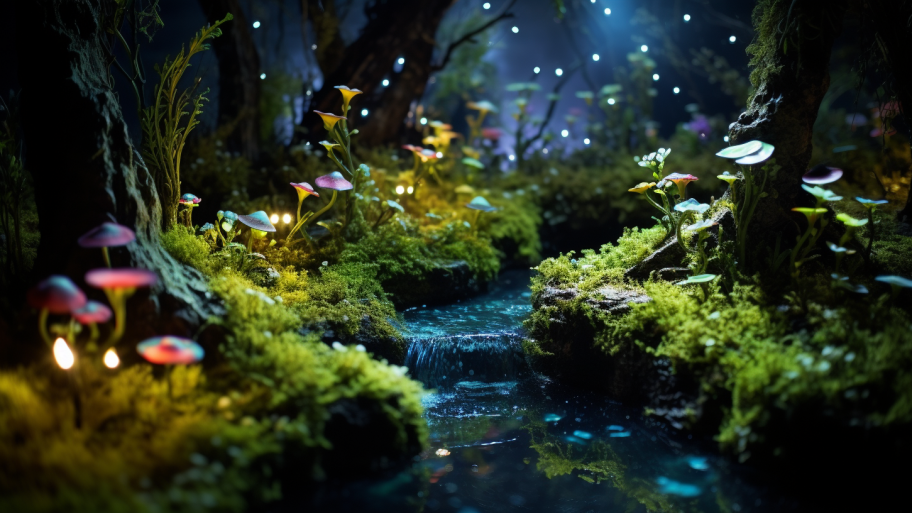Moss has long been admired for its enchanting appearance and serene atmosphere, but its potential as a central element in landscaping is often overlooked. These small, non-vascular plants can be found on every continent, thriving in a diverse range of environments. Their unique characteristics and adaptive abilities make them an excellent choice for gardeners seeking a low-maintenance, eco-friendly alternative to traditional lawns and gardens.
Mosses are part of the bryophyte family, which also includes liverworts and hornworts. Unlike most plants, mosses do not have roots, flowers, or seeds. Instead, they reproduce through spores and absorb water and nutrients directly through their leaves. This allows moss to grow in places where other plants struggle, such as on rocks, tree trunks, and compacted soil.
One of the most attractive aspects of moss gardening is its low-maintenance nature. Mosses do not require mowing, fertilizing, or pesticides, making them an environmentally friendly option for those seeking a more sustainable approach to landscaping. Furthermore, moss gardens can help to reduce soil erosion, filter rainwater, and provide a habitat for beneficial insects and microorganisms.
Selecting the Right Moss Species for Your Landscape
There are over 12,000 species of moss worldwide, each with its unique characteristics and preferences. To create a thriving moss garden, it’s essential to choose the right species for your specific climate, soil, and lighting conditions. Some common types of moss suitable for gardening include:
- Cushion moss (Leucobryum glaucum): This slow-growing species forms dense, cushion-like mounds, and prefers partial to full shade and acidic soil.
- Haircap moss (Polytrichum commune): This tall, upright moss is adaptable to various lighting conditions and soil types, making it an excellent choice for a range of garden settings.
- Sheet moss (Hypnum spp.): A versatile, fast-growing moss that forms flat, carpet-like mats, perfect for creating a lush, green ground cover.
Before you embark on your moss gardening journey, research the native moss species in your area and consult with local experts to ensure you select the right plants for your unique conditions.
As you finish reading this article, your curiosity about moss gardening may have been piqued. We invite you to continue exploring the captivating world of moss landscapes by diving into the next article in our series, which delves into the design and techniques for creating your very own moss garden. Let the magic of moss sweep you away into a world of enchanting possibilities. Discover the secrets of designing a mesmerizing moss landscape in the following article, already available for your enjoyment.




